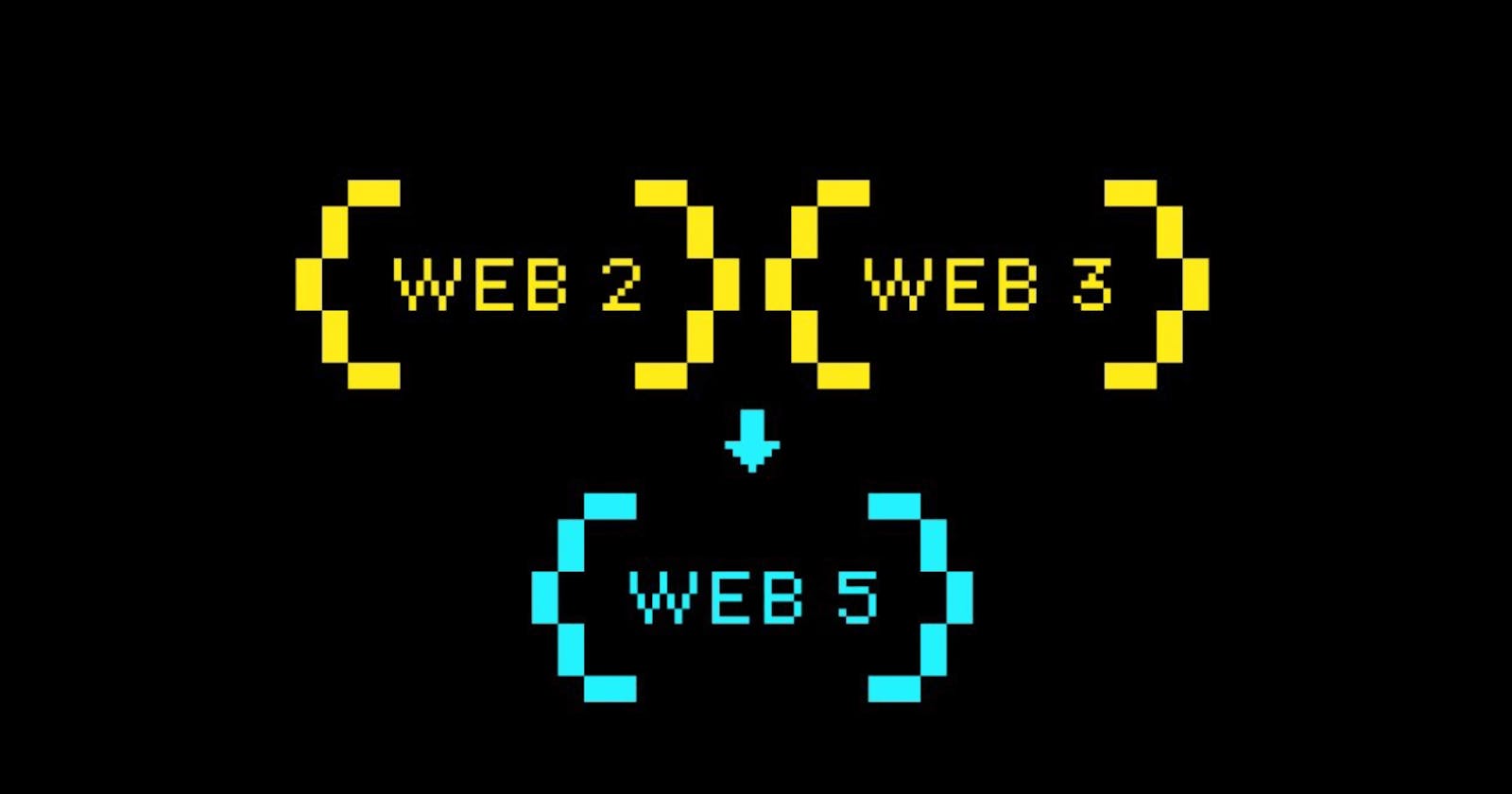In the ever-evolving landscape of the internet, the concept of Web5 emerges as a beacon of the future, promising a transformative experience for users worldwide. As we bid farewell to Web2 and embrace the advancements of Web3, the horizon of Web5 beckons, filled with possibilities that challenge our understanding of connectivity, interaction, and the digital realm. In this exploration, we delve into the key aspects and potential implications of Web5, envisioning the next frontier of the World Wide Web.
The Evolution of the Web
From Web1 to Web4: A Brief Retrospective
The journey of the World Wide Web has been marked by distinct eras, each characterized by technological advancements that shaped how we interact with digital content. Understanding this evolution is crucial for appreciating the imminent arrival of Web5.
1. Web1: The Static Web (1990s)
In the early days, during the 1990s, the internet was a rudimentary landscape known as Web1. Websites were static and mainly informational, resembling digital brochures. Users could access information, but interactions were limited. This era laid the groundwork for what was to come, setting the stage for the more dynamic developments of Web2.
2. Web2: The Rise of Interactivity (2000s)
The advent of the 21st century brought about a transformative shift with the emergence of Web2. This era introduced dynamic, interactive platforms that allowed users to actively contribute and participate. Social media platforms, blogging, and the rise of user-generated content became defining features. Web2 was characterized by the democratization of content creation, paving the way for a more engaged and interconnected online community.
3. Web3: Decentralization and Blockchain (2010s)
As concerns about centralized control and data privacy grew, Web3 emerged in the 2010s. This era focused on decentralization, leveraging blockchain technology to create transparent and secure online ecosystems. Decentralized applications (DApps), smart contracts, and blockchain-based platforms became integral components of Web3. The emphasis shifted towards user empowerment and a more equitable distribution of control over digital assets.
4. Developments Paving the Way for Web4 (2020s)
In the current decade, Web4 has been in its nascent stages, with various technological trends shaping its potential trajectory. The integration of artificial intelligence, advancements in data analytics, and the exploration of extended reality (XR) technologies are among the key developments paving the way for the next phase of the internet. Web4 is expected to build upon the foundations of its predecessors, incorporating advanced technologies to create a more intelligent, immersive, and interconnected digital landscape.
As we reflect on the evolution from Web1 to Web4, it's evident that each phase has contributed to the internet's complexity and richness. Web5, on the horizon, is poised to redefine the user experience once again, building upon the innovations and lessons learned from the evolutionary journey of the World Wide Web.
What is Web5?
Defining the Uncharted Territory
Web5, while speculative at this point, is an amalgamation of emerging technologies that could shape the future internet landscape. These technologies include advanced artificial intelligence, quantum computing, augmented reality, and immersive experiences. It's a vision of a highly intelligent, seamlessly connected, and immersive digital environment that goes beyond our current understanding of online interactions.
Technologies Shaping Web5
1. Quantum Computing: Redefining Processing Power
Quantum computing holds the promise of unparalleled processing power. In the realm of Web5, this could mean instantaneous data processing, enabling a new level of interactivity and responsiveness in online experiences.
2. Artificial Intelligence Integration
Advanced AI is set to play a pivotal role in Web5, offering personalized and intelligent interactions. From chatbots that understand context to recommendation systems that anticipate user preferences, AI is poised to make the web experience more intuitive and user-centric.
3. Augmented Reality and Virtual Reality
Immersive technologies like AR and VR are on the brink of transforming how we engage with online content. Web5 could bring about a convergence of the digital and physical worlds, offering users a more immersive and interactive online experience.
Implications for Users and Businesses
Redefining User Experience
Web5's impact on user experience is profound. With AI-driven personalization and immersive technologies, users can expect a more tailored and engaging online journey. Navigating through the Web5 landscape will be an experience that feels intuitive, responsive, and highly personalized.
Business Opportunities and Challenges
Businesses will need to adapt swiftly to the changes introduced by Web5. While it opens up new revenue streams and possibilities for innovation, the increased integration of advanced technologies also brings forth challenges, especially in terms of cybersecurity and the need for agility in adapting to evolving user expectations.
Conclusion:
As we peer into the horizon of Web5, the future of the internet unfolds with excitement and challenges. While the specifics of Web5 remain speculative, the trends in technology and innovation suggest a dynamic era awaits. The journey from Web2 to Web5 signifies continuous evolution, pushing the boundaries of what's possible in the digital realm. One thing is clear: the internet's future holds infinite possibilities.
